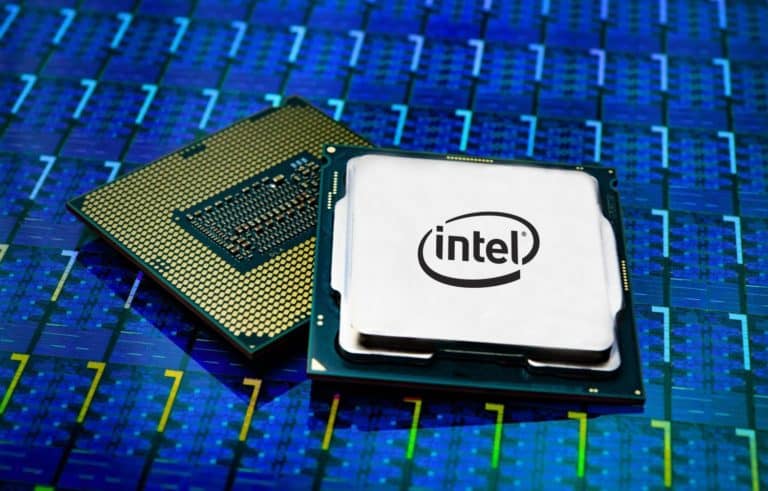Intel has announced that the 7nm process node is six months behind on schedule. Even though six months is still manageable, this means the first PC processors using the 7nm node are expected to arrive at the end of 2022 or perhaps even early 2023.
The first data center processor with 7nm technology is expected to arrive in the first half of 2023. Although Intel reported second-quarter sales of 19.7 billion dollars (an impressive 20 percent year-on-year increase), shares declined by 10 percent.
7nm process node
Although the results exceeded analysts’ expectations, the news about the 7nm process node caused the value of Intel shares to drop. However, the reason is somewhat more complex than the aforementioned delay.
The problem is that the 7nm GPUs (codenamed Ponte Vecchio) will appear in late 2021 or early 2022. This affects the development of the Aurora supercomputer of the United States government. The plans are to construct this computer in 2021 and the GPUs are a vital component.
Delays at Intel
Intel may now need to look for other parties to produce chiplets for its 7nm process nodes. Intel’s 10nm node also suffered years of delays because of problems at the factory. Desktop 10nm processors are not expected to come out until the second half of 2021. This will take some time, which is why the company created the 7nm.
However, that temporary solution has now also been delayed, which reflects poorly on the manufacturer. Intel still has to make the switch to 14nm. According to CEO Bob Swan, the reason for the delay of the 7nm process node is because of a defect in the manufacturing process.
Plan B
Consequently, the quality of the product did not improve, and adjustments had to be made. However, it is not an insurmountable situation, according to Swan, who pointed out that there is a plan B. Intel is open to bringing in other manufacturers for help if that is really necessary. For example, for the Ponte Vecchio GPU.
